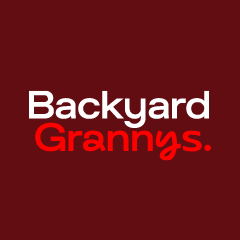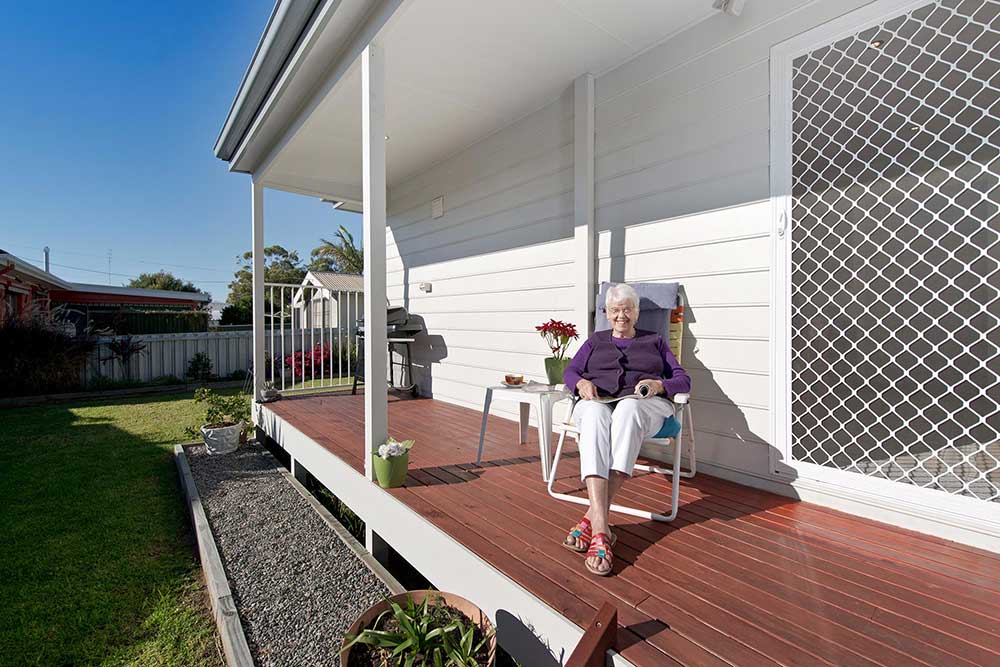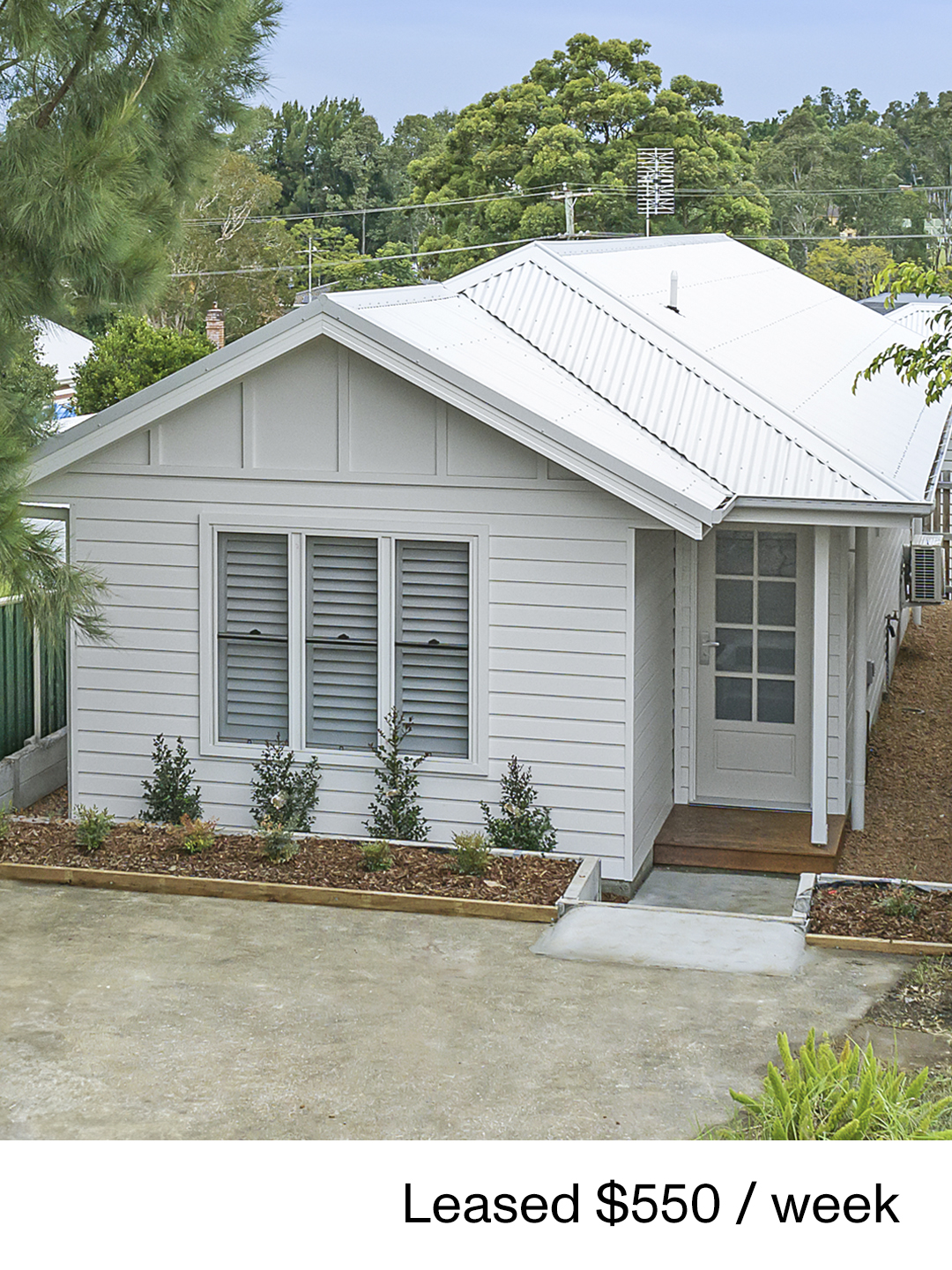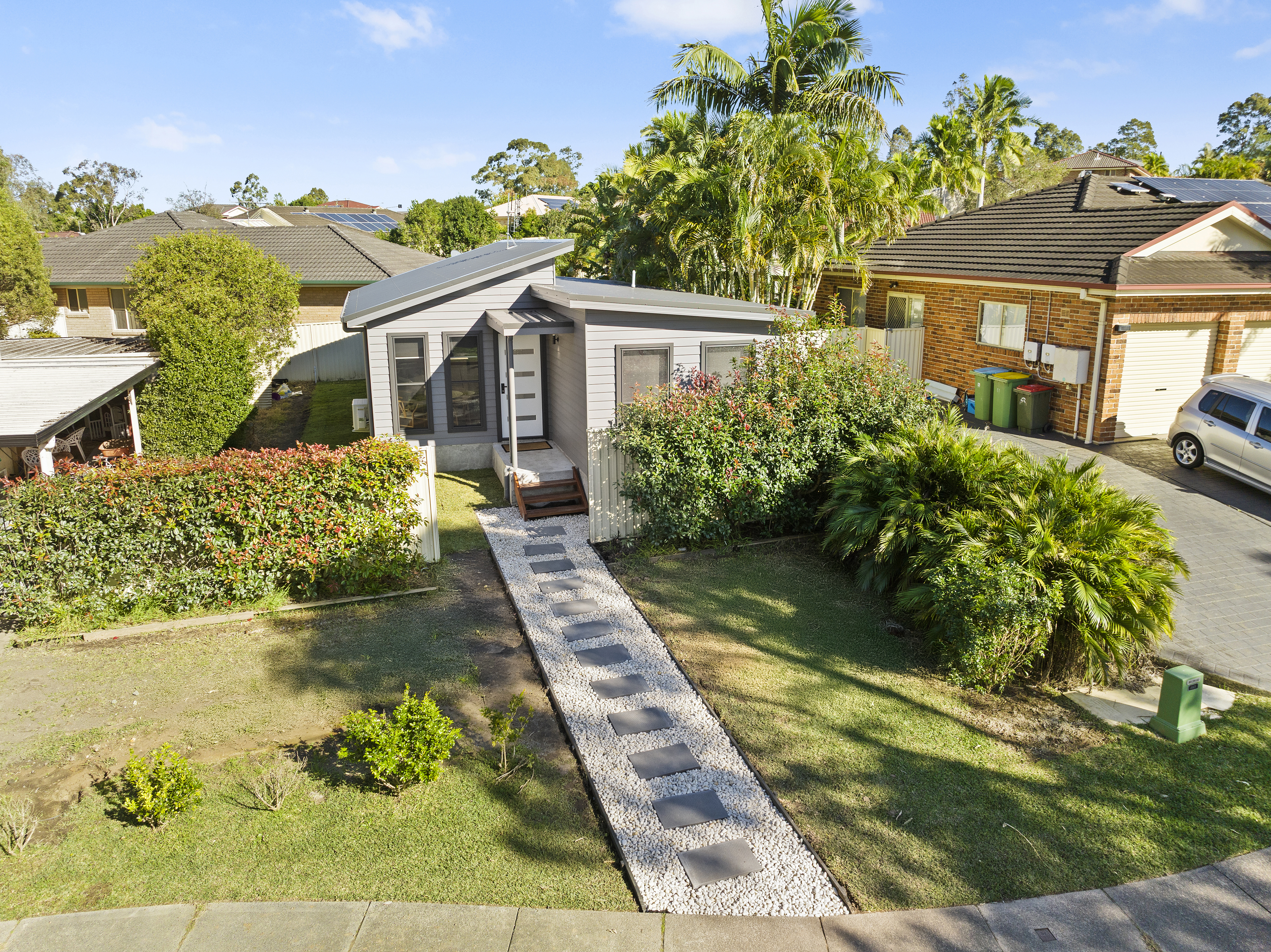Guide to NSW granny flat regulations & site requirements
In this guide to NSW granny flat regulations, we explore what rules apply to residential homeowners looking to build a granny flat.
In this guide to NSW granny flat regulations, we explore what rules apply to residential homeowners looking to build a granny flat.
NSW is a popular state for building granny flats due to the regulations of the NSW government and local council requirements – plus, there are very few issues with renting secondary dwellings in NSW, making it a more accessible investment opportunity. All the regulations for building granny flats can be found within the State Environmental Planning Policy (SEPP).
Let’s explore what these regulations, site requirements and rules mean for residential property owners looking to build a granny flat.
Key takeaways
- In NSW, granny flats can be built as “complying developments” without needing council approval if specific site and design requirements are met.
- Minimum site requirements include a 450m² area, 12m width at the building line of the existing dwelling, and specific setback distances.
- A single granny flat up to 60m² can be built on a residential property.
- Comprehensive planning and compliance with the NSW Affordable Housing SEPP are essential for legal construction.
.jpg?width=1875&height=1250&name=elermorevale_small_home_web_05%20(2).jpg)
Council approval & building granny flat
One of the first questions homeowners always have about building a second dwelling is about council approval. So do you need council approval to build a granny flat?
According to the NSW Affordable Housing State Environmental Planning Policy all complying residential home-owners can build a granny flat on their property without the traditional council approval process. To be eligible for the “no council approval” process, there are certain site and design requirements that need to be met.
Complying development certificate: build your granny flat without council approval
The NSW Affordable Housing SEPP allows granny flats in NSW to be approved as a complying development and all you need to do is get a CDC (complying development certificate) from a Certifier. Alternatively, you can work with a builder like Backyard Grannys and we take care of all the red tape for you!
This legislation means that residential homeowners can save a lot of time and money, as they do not require granny flat approvals on their property. In saying that, the project is subject to some minimum requirements.
Minimum site requirements to build a granny flat
The minimum site requirements for a granny flat approval as a complying development include:
- Set in combination with another already existing house (the primary dwelling).
- On the same block of land (zoned residential) as the primary home (NOT as a community title scheme or as an individual lot in a strata plan).
- The property must have a minimum area of 450m².
- There must be a 12m width at the building line of the existing dwelling. If your property does not meet this requirement, you may be able to apply for an attached granny flat.
- Maintain a 3m setback from the rear and 0.9m from side boundaries.
- Maintain a distance of 3m from any existing trees that are over 6m in height.
- Maximum 60m² internal area for your granny flat.
Granny flat setback requirements for approval on your block size
The setback requirements to obtain approval for a granny flat is based on your lot size and they are categorised by size ranges in square meters: 450-900, 900-1500 and over 1500. See the setback requirements in the table below:

Common questions about building granny flats
Approval process aside, there are a few other commonly asked questions from homeowners looking to add a granny flat to their property.
Can I alter my house to contain a granny flat?
The short answer is yes, you can alter part of your existing house into a granny flat. However, the alterations you make to create the granny flat must comply with specific requirements set out by government and council regulations.
Can you build two granny flats on the same property in NSW?
Unfortunately, no, you can not build more than one granny flat on the same property. Residential properties can only have one secondary dwelling alongside your primary dwelling (the main or existing house).
What is the maximum size granny flat in NSW?
In NSW, the maximum size of a secondary dwelling, like a granny flat, is 60sqm. However, it is possible to build a granny flat with a floor space that is larger than this if your block of land is big enough. However, it’s best to discuss this with your granny flat builder when planning your project.
.jpg?width=1875&height=1250&name=elermorevale_small_home_web_05%20(2).jpg)
Best granny flat floor plans that can be built as complying developments
Our granny flat designs come in 1, 2 and 3 bedroom floor plans, all of which are designed to meet the criteria for a complying development and other specified regulations.
At Backyard Grannys we have built high-quality granny flats for over 10 years for over 1,000 happy customers. Our designs have been honed over years of experience to ensure your granny flat is perfectly suited to your lifestyle, budget and site requirements.
Our expert team can also modify any of our standard designs to suit your personal needs. Contact us on (02) 4947 2800 today to arrange a visit to a display home today and see what a granny flat could add to your property, or check out a virtual tour.
Looking for more information on building a granny flat, contact our team today and we’ll answer all your questions!
Got a question for us?
Don't hesitate to get in touch.Related resources

Keeping family close: building a granny flat for ageing parents
Discover how building a granny flat for ageing parents can keep family close, provide independence, and add value to your property. Learn more with Backyard Grannys.
General tips Read more
How to earn rental income from a granny flat in NSW
If you’re thinking about renting out your granny flat in NSW, here’s a clear, step-by-step guide to help you get started.
Investment Read more
Top 10 mistakes to avoid when planning your granny flat
Planning a granny flat? Avoid costly mistakes with our guide to the top 10 things to consider before you build. Expert tips for design, approvals, and building in NSW.
General tips Read more-21.jpg)
